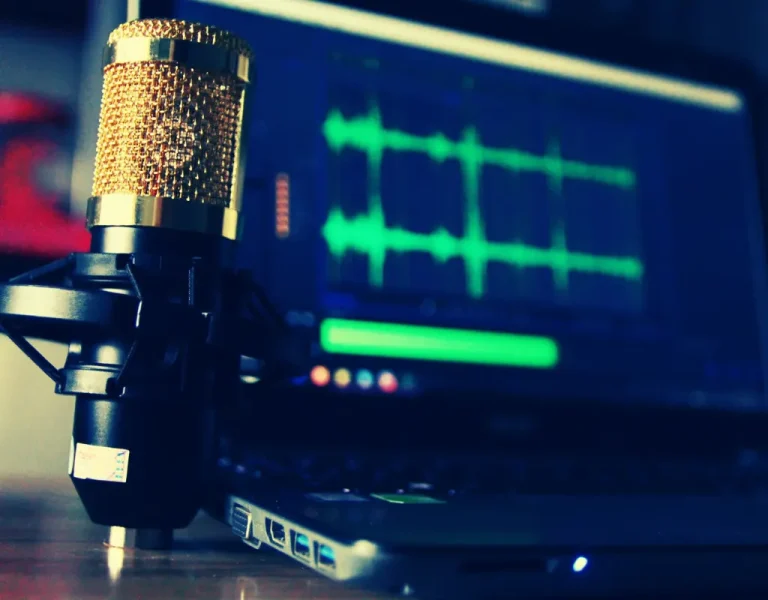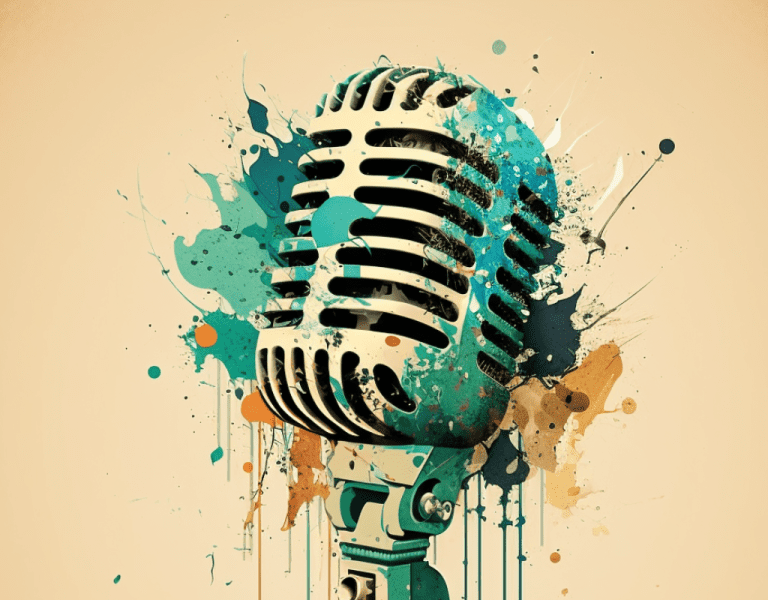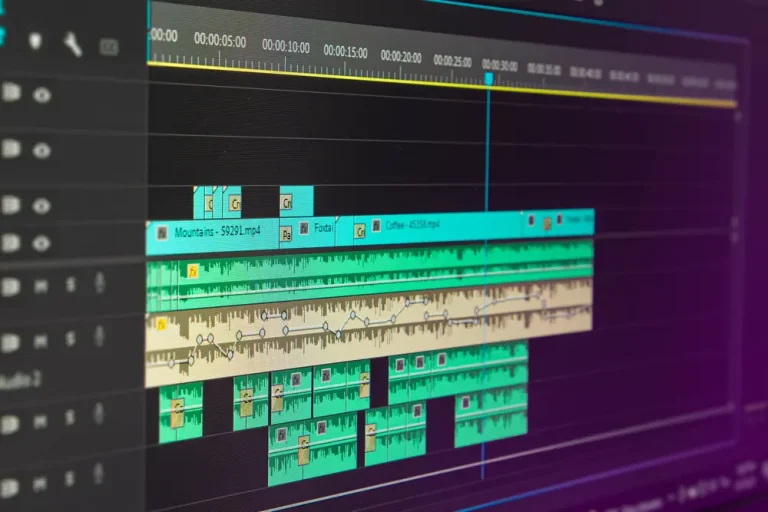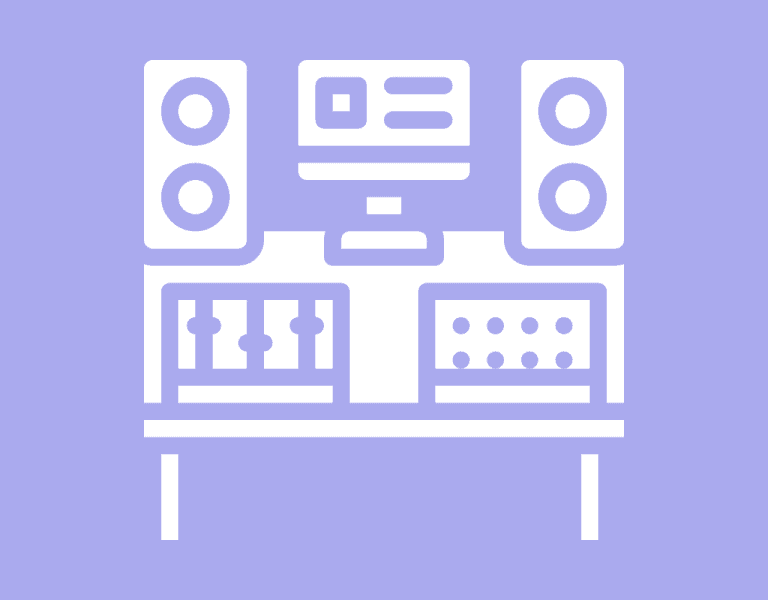Do Limiters Affect Sound Quality? (5 Best Practices)
When diving into audio production, you might wonder: do limiters affect sound quality?
Well, limiters play a crucial role in audio mixing and mastering, significantly impacting the dynamic range and perceived loudness of your audio tracks.
As a type of compressor, limiters help create strict and surgical mixing decisions to ensure your audio sounds are balanced on various platforms and streaming services.
However, improper use of limiters can lead to compromised sound quality, resulting in compressed or unnatural audio.
Key Takeaways:
- Select the appropriate limiter type based on the project’s specific needs, such as peak limiters, loudness limiters, compressors with limiting mode, or brick wall limiters.
- Avoid over-limiting to prevent compressed or unnatural audio.
- Adjust attack and release times to ensure smooth transitions and preserve audio quality.
- Monitor output gain to control loudness and prevent distortion or clipping.
- Explore alternatives like compressors, distortion or saturation, gain staging, and volume automation for more flexibility in controlling the dynamic range.
Table of Contents
What Are Limiters
Limiters prevent distortion or clippings in sound by reducing the level whenever it reaches an amplitude higher than the chosen threshold, thus ensuring that loud sounds are not too intense and other devices are not overloaded on the same bus.
The limiter will kick in if an audio track gets too loud and helps you get a more polished sound mix.
It’s generally better to use them with less aggressive settings so what goes above isn’t just heavily compressed but gradually tapers to build momentum rather than having any transient peaks cut out abruptly.
The main purpose of using limiters while mastering audio recordings is to control excessive dBFS peak levels, which can cause audible clipping when played back through speakers or headphones at high volumes; they are also effective when dealing with vocals and drums as they help avoid sudden harshness during fast-moving parts within songs!
Types of Limiters
There are several types of limiters, each with a specific purpose and use case:
- Peak Limiters: Peak Limiters are designed to handle brief, sudden loud spikes in an audio signal. They are perfect for preventing distortion and maintaining a high signal-to-noise ratio.
- Loudness Limiters: Loudness Limiters work by controlling the overall loudness of a track. This is especially important when mastering music for various platforms, each with its own loudness normalization standards.
- Compressors with Limiting Mode: Some compressors offer a limiting mode with a high compression ratio, providing a versatile tool for both compression and limiting tasks.
- Brickwall Limiters: Brickwall Limiters, also known as True Peak Limiters, prevent inter-sample peaks and offer the most precise control over loudness. They are commonly used during the mastering process.
Each limiter type has strengths and weaknesses, and choosing the right one depends on your project’s specific needs.
Understanding how each limiter works allows you to optimize your audio projects and maintain high sound quality.
How Do Limiters Affect Sound Quality
Positive Effects
Limiters can benefit your audio projects by serving specific purposes, such as enhancing perceived loudness and maintaining a consistent output level. When used correctly, a limiter can increase the quiet parts of an audio signal while preventing the peaks from clipping, resulting in a more balanced sound. (source).
By carefully applying a limiter during the mastering process, you can achieve commercial loudness without distorting your audio. This helps your music sound better across various platforms and streaming services (source).
Negative Effects
On the other hand, limiters can negatively impact sound quality if not used properly. Over-limiting can lead to phase issues, loss of clarity, and boomy or unclear mixes (source.)
Furthermore, limiting can result in unwanted pumping artifacts that negatively affect the audio quality if the attack and release settings are not properly adjusted.
There are instances where some people prefer the sound of interface clipping over the sound of a limiter, highlighting the importance of using limiters carefully and correctly (source.)
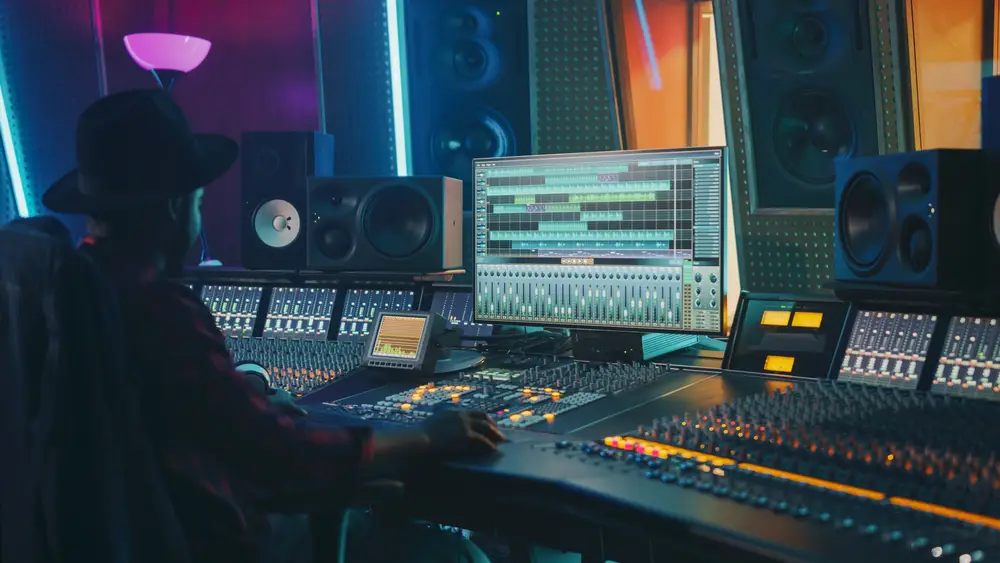
Key Points to Remember
- Limiters can increase perceived loudness and maintain consistent output levels.
- Proper use of limiters can help achieve commercial loudness without distortion.
- Over-limiting can cause phase issues, loss of clarity, and unclear mixes.
- Pumping artifacts can occur if attack and release settings are not properly adjusted.
Best Practices for Using Limiters
Selecting the right limiter and using it appropriately is essential to avoid undesirable changes to your audio quality.
When using a limiter, follow these best practices to maintain sound quality while achieving the desired loudness:
1. Choose the right limiter for your needs: Different limiters have unique features and characteristics, so ensure you select a limiter that meets the requirements of your specific project. For example, opt for a mastering limiter with transparent processing if you’re mastering a song.
2. Avoid over-limiting: Excessive use of a limiter can lead to distortion and a loss of audio quality. To prevent this, keep the amount of limiting to a minimum. You can monitor the gain reduction to avoid overdoing it. (iZotope)
3. Pay attention to attack and release times: Adjust the attack and release times for your limiter to find the balance between a smooth or aggressive sound. A quicker attack results in more aggression, while a slower release creates a smoother track. (MasteringBox)
4. Monitor output gain: Keep an eye on the output gain of the track to avoid unintentional changes in level or potential clipping. Make adjustments as needed to maintain the desired output level.
5. Use limiters in moderation: Limiters can be useful for controlling peaks and loudness in your audio but don’t rely on them as the only solution. Combine limiting with other processing techniques, such as compression and equalization, for a well-rounded mix.
Following these best practices, you can effectively use a limiter in your audio projects without compromising sound quality.
Alternatives to Limiters
Instead of relying solely on limiters to manage the dynamic range of your audio projects, you can explore several other methods that allow for more flexibility and control.
Some of these alternatives include using compressors, applying distortion or saturation, and adjusting gain staging.
1. Compressors:
Compression is similar in its ability to increase perceived levels. It usually offers more flexibility than limiting with attack and release controls as well as ratio settings which allow you to dial in specific sound characteristics like pumping or breathing effects.
2. Distortion or Saturation:
Distortion and Saturation are two effects commonly used in music production. Distortion adds a gritty, distorted sound to the signal by overdriving amplifiers or clipping off certain frequencies from the audio waveform.
On the other hand, Saturation is usually more subtle than distortion; it compresses signals with mild compression settings and introduces some nice harmonic distortions, which give your mix that warm analog-like feel without sounding harsh like distortion would do if pushed too far.
Both these effects have their place depending on what type of sound you’re after – both serve as great tools when used correctly!
3. Gain Staging:
Gain staging is a technique to maximize the signal-to-noise ratio of an audio system or recording.
It involves adjusting different levels of gain to optimize the overall sound quality and prevent distortion from occurring. This can be done manually by turning knobs on equipment such as amplifiers and mixers or automatically with software tools like compressors and limiters that adjust gains based on predetermined criteria set by producers/mix engineers.
Gain staging helps maintain consistency between multiple sources while allowing for easier mixing when working with more complex projects involving many tracks.
4. Volume Automation:
Volume automation is a feature in digital audio workstations that allows users to adjust the volume of an individual track or instrument over time.
This is typically used for fading out and creating smooth transitions between sections but can also be utilized as a part of creative sound design techniques such as sidechaining and ducking.
Volume automation works by drawing points along a graph that correspond to specific levels at different moments in time; these points are then interpolated into curves when playing back the project, allowing for precise control over how loud each element sounds throughout its duration.
By considering these alternatives to limiters, you can make informed decisions for enhancing and maintaining the quality of your audio work.
Conclusion
As you have learned, limiters play an important role in managing the dynamic range of audio signals and preventing unwanted clipping. Their primary purpose is to increase the perceived loudness of a mix while preserving its quality.
However, using limiters inappropriately can indeed affect sound quality in a negative way.
Staying mindful of potential pitfalls when implementing limiters in your audio production process is important. Over-limiting a track can lead to issues such as phase problems, lack of clarity, and a boomy or unclear mix, as mentioned by Integraudio.
To achieve the best results, it is essential to balance enhancing loudness and retaining the integrity of the audio.
In addition to using limiters with care, exploring other strategies for optimizing sound quality in your projects is also helpful. For instance, you can consider using single-band and multi-band limiters to address specific frequency ranges more precisely.
Furthermore, always maintain an attentive approach to mixing and mastering, as quality audio production combines various techniques and tools working in harmony.
By understanding the potential challenges and best practices related to limiters, you can effectively enhance the loudness of your audio and achieve a polished, industry-standard sound without compromising its quality.


